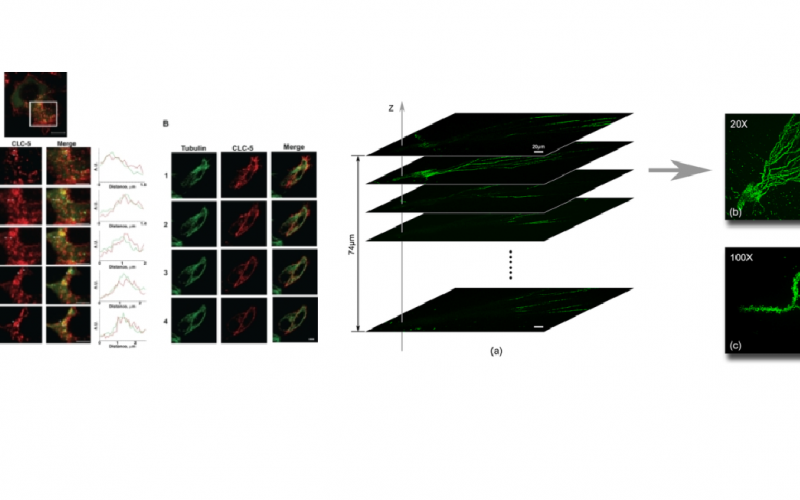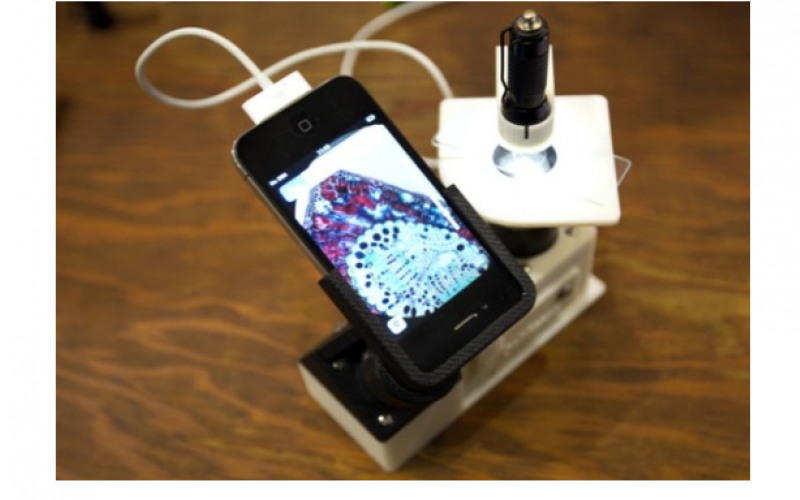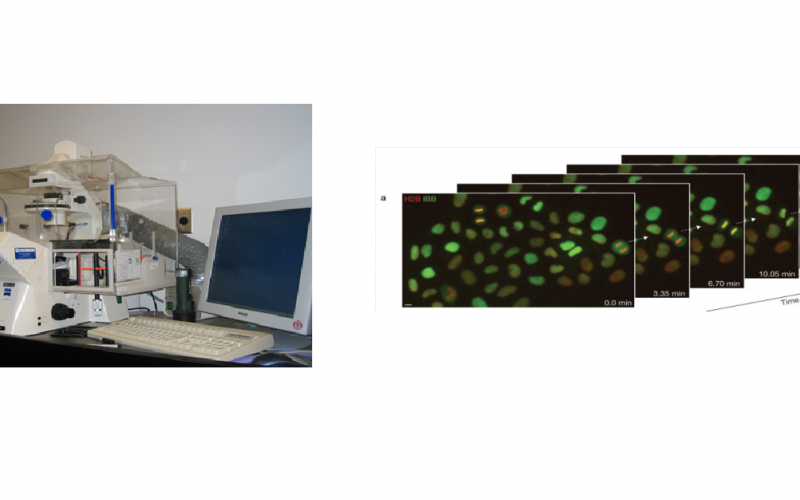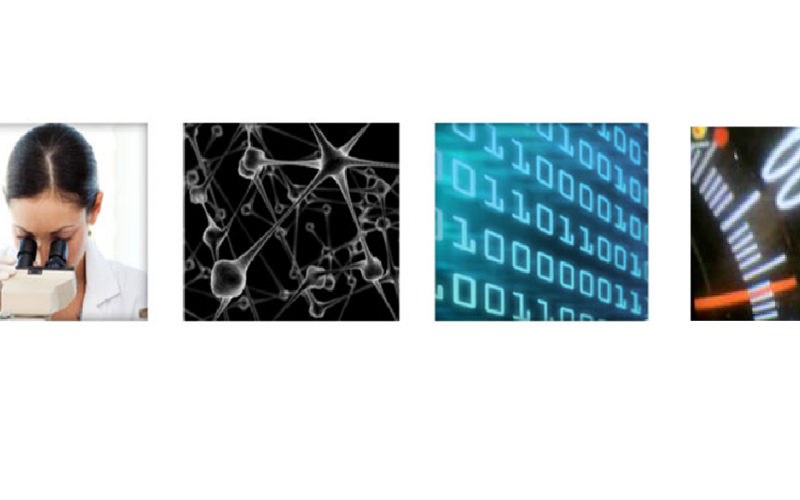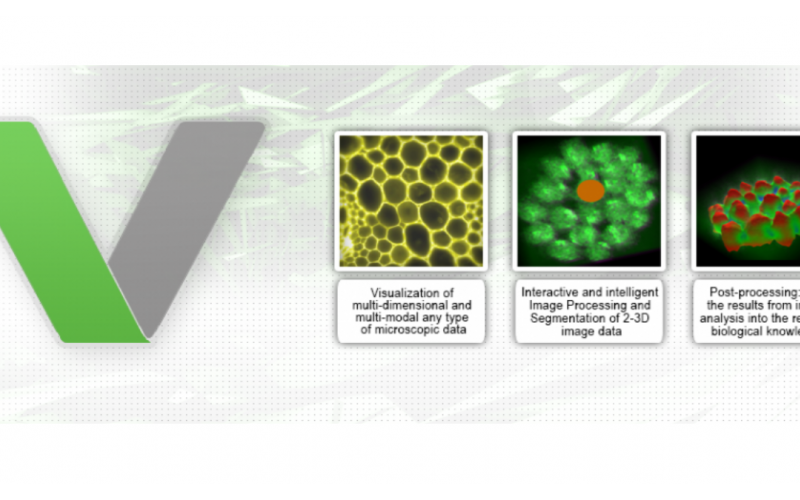HPC-Cloud-based microscopy
The Challenge
The challenge addressed in this experiment was to adapt VIRTUM to an HPC-Cloud-based infrastructure and to test if the enhanced VIRTUM could be applied beneficially in four test cases. The test cases comprised: the analysis of the images from remotely controlled fluorescence microscopy; the processing of the data from super-resolution microscopy; the management and visualization of spectroscopic data; and whole slide imaging and analysis in digital pathology and high-throughput screening. These test cases are numerically intensive each taking around a full day on a PC.
The Solution
The VIRTUM service has been adapted to work with an external Cloud-based HPC infrastructure. Modules have been developed to support the implementation of the test cases described above. Through the use of HPC, the time taken to process test cases has been reduced from one day to a few hours, a typical reduction of 5 times. A cross-platform, simple user-interface has also been developed. This supports the visualisation of data and its management from almost any device. Furthermore, the VIRTUM service provides flexible licensing models allowing end-users to optimize their costs.
A spin off from the enhancement of VIRTUM has been a generic platform, which can be applied to many various computational tasks in such areas as medicine, biotechnology, material engineering and optical inspection.
The Benefits
VIRTUM-DP has the potential to remove obstacles and bottlenecks in current oncological diagnostics. Its main benefits are a significant improvement in clinical diagnosis due to an increased speed of diagnosis, an increased quality of diagnosis, an increased throughput of diagnoses and more accessible storage of samples. VIRTUM-DP can result in a reduction in staff costs by 50% through increased efficiency. Extrapolating this to the USA alone results in an overall saving per annum of $1.7 billion.
Furthermore, there is a significant cost saving in IT infrastructure through the use of Cloud-based processing. In most cases, computer resources available via the Cloud are more cost-effective. As a result of the development of VIRTUM-DP, ARCTUR will see an increase in its sales of cycles of approximately €20K per annum.
Companies Involved
End-users: OpTecBB, UZH, NIKON
ISV: MicroscopeIT
HPC Provider and Expert: ARCTUR
Hardware vendor: Opta-tech


